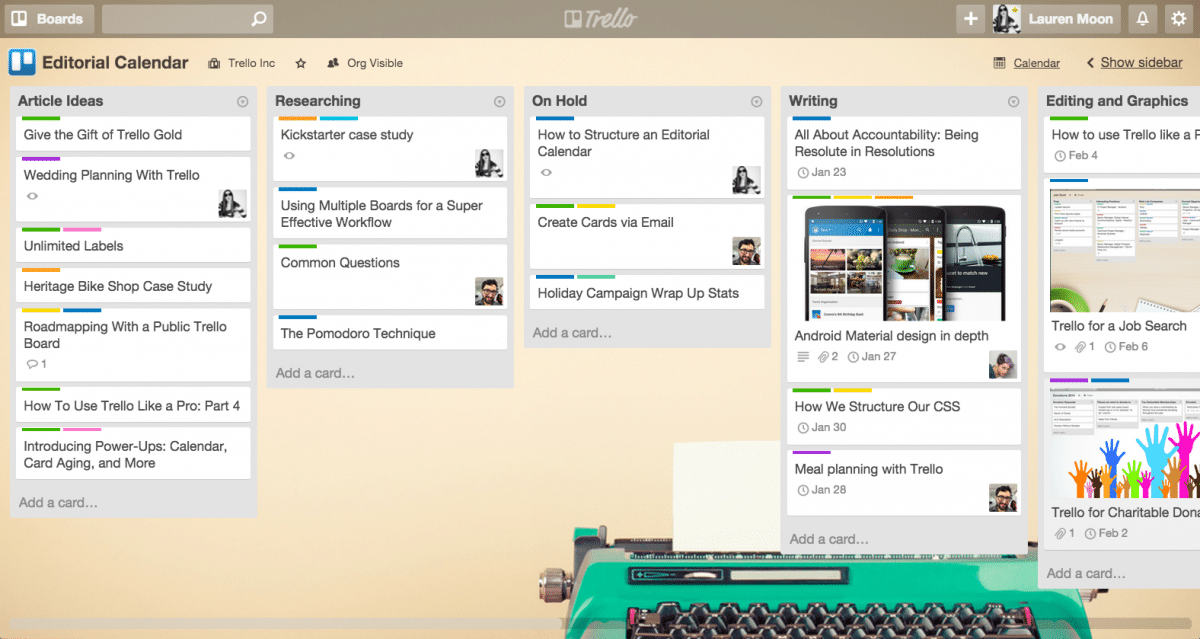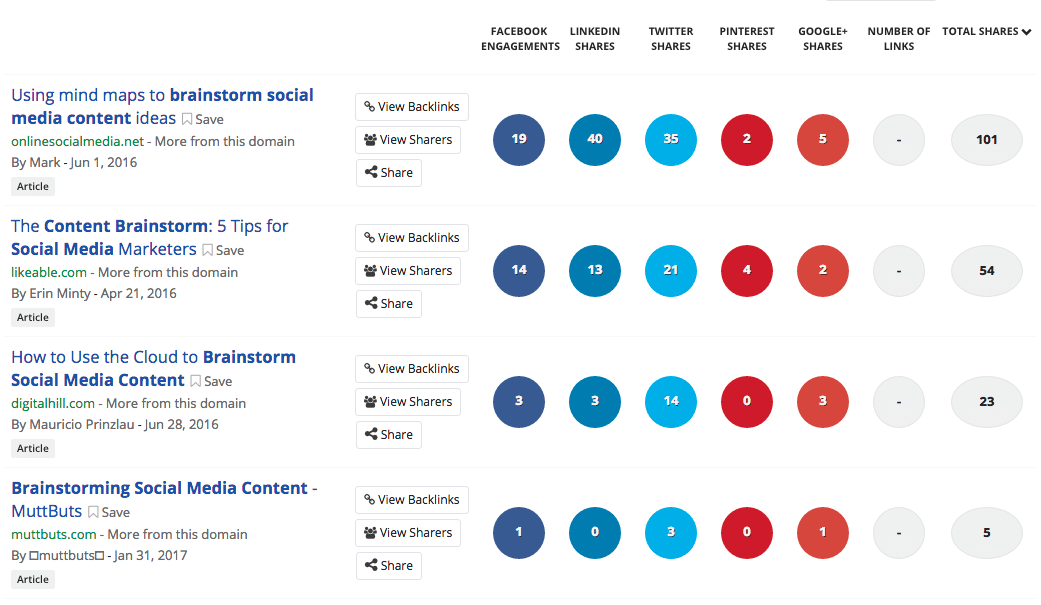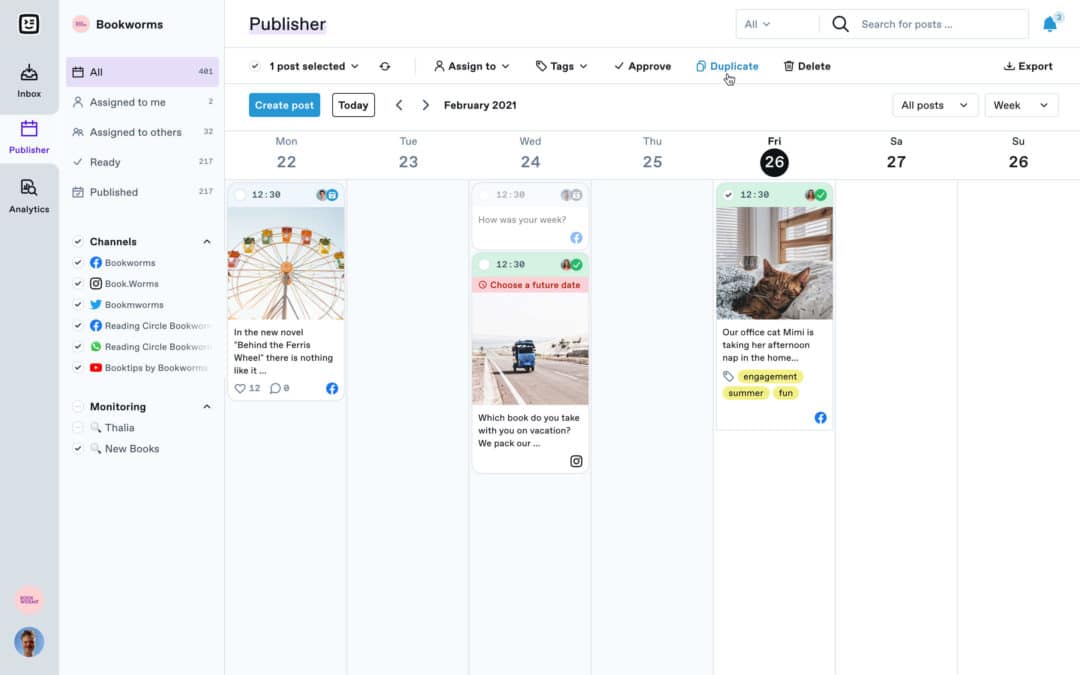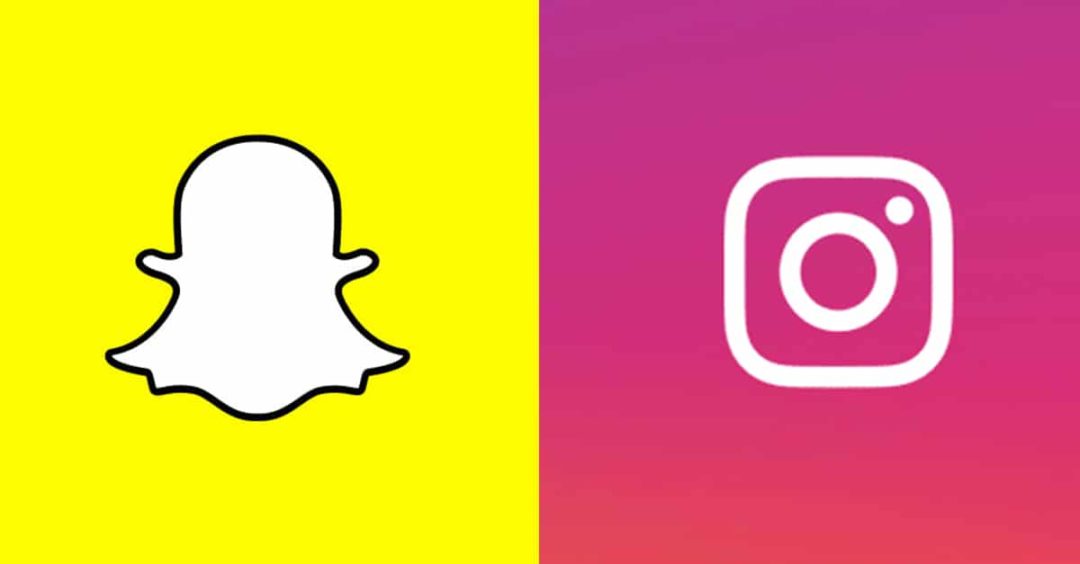
How to Brainstorm and Manage Ideas for your Social Media Content Plan
In this blog post we’re going over 7 of the most effective brainstorming techniques to manage your Social Media Content Plan. In addition, we’re exploring several tools that can facilitate brainstorming and managing your content ideas. Read on to find out which techniques and tools best fit your context.
When wanting to tell a story for your brand on social media, each department or member of your team might hold a different piece of the puzzle. Even when you manage to paint the whole picture, how do you come up with new, engaging social media content week after week? To offer a different perspective and to create an innovative social media content plan, you should learn how to brainstorm and how to manage the newly generated ideas.
Contrary to popular belief, brainstorming is about quantity, rather than quality. The more ideas are in the mix, the better the chances of finding a few great ones for your social media content plan. Even though the main goal is to come up with new ideas and perspectives, brainstorming has additional benefits. First of all, it can increase the team’s cohesion, even if the members are half-a-planet away. Secondly, it will give everyone involved a better understanding of the topic, as new perspectives will be added.
However, factors such as the geographical distribution of the team or the extraversion/introversion of some team members could determine you to pick a brainstorming technique over another.
7 Effective Brainstorming Techniques for Social Media Content
Brainwriting is a creativity-stimulating brainstorming technique that separates idea generation from discussion. The team leader announces the topic, and team members start jotting down their ideas, instead of yelling them out. Participants then exchange the ideas, read the new ones and add to them. The papers are once again exchanged and after 10 or 15 minutes, all ideas are brought up for discussion.
Figuring storming focuses on the assumption that someone important is in charge with solving the problem. How would your boss handle the situation? How about a famous actor? Trying this approach puts things in a new perspective. Figuring storming is particularly efficient if your team runs into the same ideas when performing repetitive projects.
Online brainstorming (brain-netting) works best when the members of the team are scattered across the country, continent or even planet. Getting the team together is a challenge, especially if there are different timezones. Information shared through emails sent back and forth can take a lot of time to centralize. Because of this, using a cloud-based document storage or an online collaboration tool is a far better alternative.
Rapid ideation relies on time constraints and helps avoid over-thinking. Before setting the time limit, the team leader needs to share the context in terms of budget, scope and deadline. Team members proceed then to writing down their ideas on the topic using their preferred medium (pen and paper, Post-Its, white boards, etc.). Ideally, the time limit ranges from 5 to 45 minutes, depending on how complex the topic is. Rapid ideation is the way to go if your team’s brainstorming sessions take too long.
Round Robin brainstorming has the whole team standing in a circle. After the team leader shares the topic, each member comes up with an idea. Once everyone has shared their ideas, you can proceed to evaluating the ideas. Round Robin brainstorming is particularly effective if some team members tend to stay quiet during other meetings.
Starbursting focuses on generating questions, rather than ideas. In fact, the team should come up with as many questions as possible on the chosen topic. Using the 5W1H technique (who, what, where, when, why, how) is a great starting point. By taking this approach, you ensure that the team knows all of the aspects of the project before putting any effort into doing it. Use this brainstorming technique if your team tends to rush things and overlook details.
Stepladder technique, a style of brainstorming developed in 1992, has every team member contribute ideas uninfluenced. After sharing the topic with your team, have everyone except for two members out of the room. Tell the remaining members to discuss their ideas. Next, bring another member into the room and let him or her share an idea before the two members get to discuss theirs. Keep adding members this way until the original group is back into the room. This is yet another brainstorming technique that will prove useful when having shy members in the team.
Learn how to create the best social media content for your users in this ebook!
Once you’ve determined which brainstorming technique works best for your team and context, you should focus on tools that can facilitate the process. How often you should do these sessions depends on the people involved in brainstorming. As a social media manager or an agency account manager, you could do personal idea management once a week followed by brainstorming sessions with the internal team twice a week. Next, you could get input from other departments once a month or once a quarter, depending on the size of your company. Calls with your client or external consultant could occur once every two weeks, to make sure that the newly generated ideas are put into practice right away.
Tools for Brainstorming, Organizing and Archiving Ideas
Bear in mind that none of these tools are mutually exclusive. Some focus on saving your ideas for later, while others can help you generate and manage new ones. Give each one a try and see how everything works out for you.
We’ll start with Evernote, which is cross-platform app that has been praised over and over again for its versatility. Using it, you can take notes in the form of text, sketches, photos, audio, video, PDFs, and even web clippings. Once saved, the notes can be synced across computer, phones and tablets, and shared with other team members.
Pocket, previously known as Read It Later, also works on multiple platforms, but serves a different purpose. If you’re relying heavily on the internet for inspiration, you can use Pocket to compile a reading list of online articles. Since it uses tags to categorize content, you’ll be able to select all resources on a single topic in just a few clicks.
Trello, one of the most popular web-based project management applications out there, relies on the kanban paradigm. Projects are organized as boards, which in turn have lists of ideas or tasks that have, are or should be brought into discussion. As of 2015, if you’re subscribed to the premium plan of Trello, you can integrate in third-party platforms such as Slack or Github. Thus, you can definitely shorten the way from ideation to communication and execution. The structure of a social media content calendar is not that different from a blog post editorial calendar. There are topic ideas, research that’s in progress, topics put on hold, others that you’re currently working on, and some that require editing or graphics.

Buzzsumo is of great help when running out of ideas for your content plan. It can be used both in the research phase, but also during the brainstorming session. First, it indicates which topics are currently viral, so you can jump in the same bandwagon before it’s too late. Secondly, it can be used for competitor analysis, as it lets you know which topics you should focus on.

All of the tools listed above have a freemium pricing model, so if you’re satisfied with the free version but think you could use the extra features, the investment might be worth it. Moreover, these are some of the most popular choices, but there are alternatives to each and every one of them.
After deciding which brainstorming technique and idea organization tool works best, it’s time to bring all of those good ideas to life.
Managing the Social Media Content Plan

After you’ve generated ideas, it’s time to organize them and prepare your social media content. Ask yourself the following questions:
- What goals do I want to achieve with social media content?
- Which topics have the greatest potential?
- Who is my target audience for the different topics?
- How often can I post with my resources?
- Who will create the social media content?
- How should I promote my content?
Once you have defined the answers to these questions, they will form the basis for your social media content plan. For efficiency, use a social media tool like Swat.io. Here you can schedule all content in a central editorial calendar and have it published automatically. You can also simplify your processes by using the integrated approval workflows.
Using a scheduling tool will also offer you a better view on the voice and tone you’re using. To complement this, you can use spontaneity for engagement and customer service.
Final Thoughts
Conclusion
By combining the creativity of all team members and organizing the ideas using tools, you can translate thoughts into effective social media content plans . Your particular context will dictate the ideal brainstorming technique and idea organization tools, but once you know these, you can provide a tailored solution for your audience.
What other brainstorming techniques do you know? How about tools for generating, organizing and archiving ideas resulting in brainstorming? Please leave your suggestions in the comments section below.
 Published: 21. February 2017
Published: 21. February 2017  Updated: 17. November 2022
Updated: 17. November 2022 








